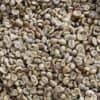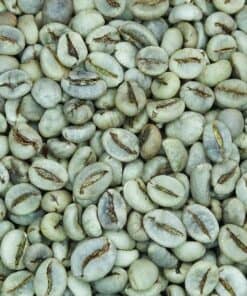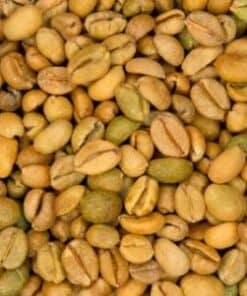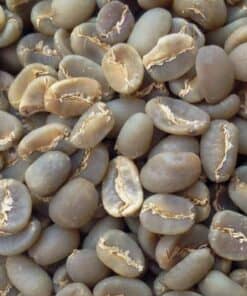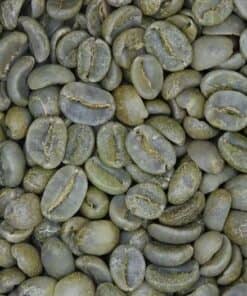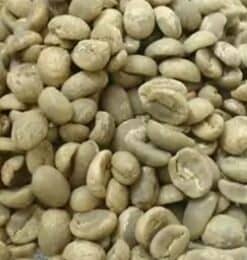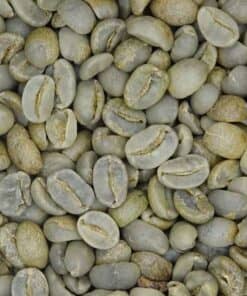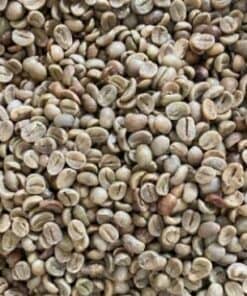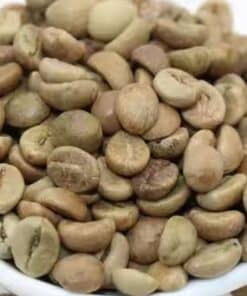Arabica Natural Processed Coffee Beans – S18, S16
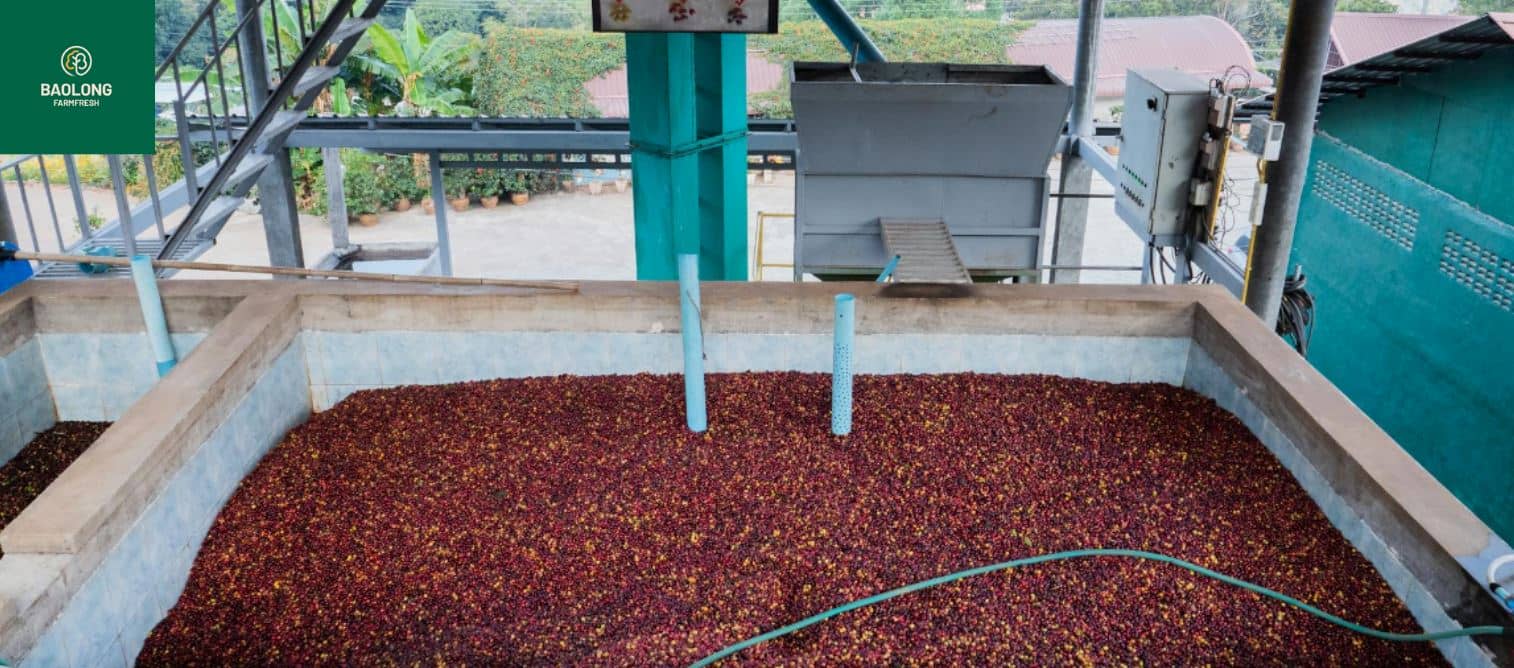
Arabica coffee cherries undergo a preliminary processing stage after being harvested before being stored in the warehouse or exported. This is followed by delivery to the customer’s warehouse.
Discover the Richness of Vietnamese Arabica Coffee
Explore the full-bodied, vibrant flavors of premium Vietnamese Arabica coffee through these natural processed beans, available in S18 and S16 screen sizes. These beans are carefully cultivated in Vietnam’s fertile central highlands, where the rich terroir contributes to the beans’ unique flavor profile.
Traditional Dry Natural Processing Method
The Arabica beans follow a traditional dry natural processing method, which has been practiced for generations. After being handpicked, the ripe coffee cherries are sorted and laid out in the sun on raised beds to dry. This process takes several weeks, and as the cherries dry, the sweet mucilage surrounding the beans is absorbed, resulting in a fuller flavor profile with fruity notes. The cherries are regularly raked to ensure even drying.
Tasting Notes
Indulge in the layers of ripe, jammy fruit flavors that characterize naturally processed coffees. Expect bold notes of blackberry, dried cherry, and raisin, complemented by hints of dark chocolate, brown sugar, and spices. The coffee exhibits a lower acidity compared to washed Arabica, with a rich, syrupy body and smooth mouthfeel. The finish is clean, lingering with berry remnants and a subtle sweetness.
Premium Quality Arabica Beans
The S18 and S16 grade Arabica beans undergo meticulous hand-sorting to remove any imperfections. Sourced from the ideal coffee-growing regions in Vietnam, these beans are of exceptional quality. Their lower density allows for a more even roast, ensuring optimal flavor development. These larger beans are perfect for consistent espresso extractions, making them a top choice for roasters, cafes, and coffee enthusiasts alike.
Understanding Natural Processed Coffee
The dry processing method, also known as natural or sun drying, involves drying the coffee cherries on flat surfaces exposed to sunlight. The cherries are stirred multiple times a day and covered at night to protect them from rain and frost. This process can take 3-6 weeks and is one of the most traditional methods for processing coffee.
Does Dry Processed Coffee Yield Good Arabica?
Dry processing is labor-intensive and requires more effort than wet processing. Unripe or half-ripe cherries can cause issues if they are not properly filtered out early in the drying process. These young cherries could change color and blend with the ripe ones, leading to unwanted flavors in the final cup.
Features of the Arabica Natural Processing Method
Coffee cherries, once picked, are dried under the sun on flat surfaces, stirred regularly, and covered at night. This traditional method is common in coffee-growing regions worldwide, including Vietnam. It is less costly compared to wet processing, making it more accessible to many farmers.
Certifications
- Rainforest Alliance Certified
- Fairtrade Certified
- USDA Certified
The Alluring Aromas of Vietnamese Arabica
Grown in the cool, fertile highlands of Cau Dat – Da Lat, Vietnamese Arabica coffee has a distinctive taste profile, which sets it apart from Robusta. Cau Dat’s cool climate and fertile soil provide the ideal conditions for growing these exceptional beans, which develop a full aromatic potential that coffee lovers will appreciate.
Environment
- Precipitation: 1500m+
- Temperature: 17°C
- Humidity: 71%
The Unique Climate of Cau Dat
Cau Dat’s altitude of over 1500 meters above sea level, coupled with a temperate climate where maximum temperatures rarely exceed 33°C, creates a perfect environment for cultivating premium Arabica. The region’s fertile basaltic soil further enhances the coffee’s quality.
Discover Cau Dat’s Arabica Coffee
Cau Dat’s Arabica coffee features mild acidity and a hint of bitterness, balanced with an amber hue. The aroma includes notes of syrup, fresh fruit, honey, toasted bread, and sunlit afternoons, delivering an unforgettable sensory experience.
Cau Dat’s Coffee Cultivation
Cau Dat, located just 24 km from Da Lat, is one of Vietnam’s premier coffee-growing regions, covering 1,110 hectares—86% of the agricultural area. Arabica coffee accounts for 98% of the crop, with each hectare yielding up to 20 tons of coffee cherries, resulting in an impressive 4 tons of beans per hectare. This high productivity outpaces other coffee-growing regions.
Coffee Processing Timeline
- Harvest: Oct – Apr
- Export: Dec – Sept



